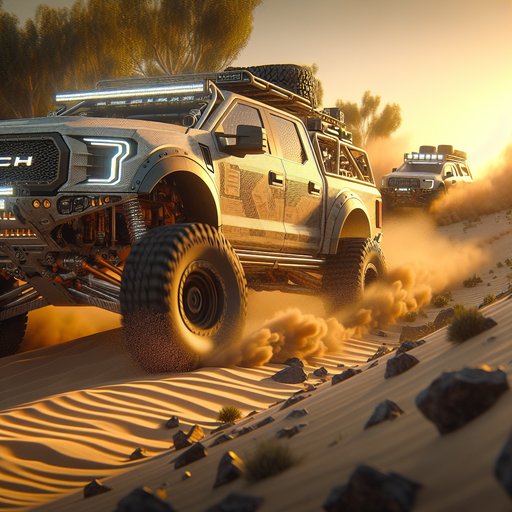
Off-road rally calendars and showroom floors are converging as automakers lean into tougher, more trail-ready pickups. Factory-supported teams are proving durability at desert enduros and navigation rallies, while new trims arrive with long-travel suspension, armored underbodies, and integrated overlanding gear. The result is practical capability that matters now: buyers can step into trucks that need fewer aftermarket mods, and weekend adventurers can trust components validated in competition.
Desert events across Baja, Nevada, and the Mojave set the tone this season, with near-stock entries demonstrating how far factory hardware has come. Ford’s Ranger Raptor and Chevrolet’s Colorado ZR2-based programs have used race mileage to validate shocks, cooling, and driveline protection in punishing heat. Toyota and Nissan-backed teams continue to showcase navigation prowess at the Rebelle Rally, where Tacomas and Frontiers run largely production suspensions over days of dunes. The takeaway for shoppers is simple: the parts you see in showrooms are increasingly the parts that survive in the dirt.
New rugged models are meeting that momentum head-on. Toyota’s Tacoma Trailhunter and TRD Pro lean on a hybrid powertrain for torque-rich crawling and pair it with skid plates, lockers, and 33-inch tires. Ford’s Ranger Raptor brings live-valve dampers and long-travel control to the midsize class, while Chevy’s Colorado ZR2 Bison and GMC’s Canyon AT4X AEV add boron-steel armor and 35-inch rubber. In full-size territory, Ram’s 1500 RHO swaps supercharged excess for a high-output twin-turbo six, maintaining big-travel suspension and desert pace on 35s.
Expedition travel is the other proving ground, and manufacturers are integrating the right tools from the start. Bed-mounted power, onboard air, accessory upfitter switches, and trail cameras are now factory options, reducing guesswork and preserving warranties. Calibrated drive modes, one-pedal crawl, and true front and rear lockers shrink the skill gap for newcomers while still rewarding experienced drivers. The practical tradeoff remains payload and range, so shoppers should check door-sticker ratings and tire load indices before piling on rooftop tents and steel bumpers.
For daily drivers eyeing weekend trails, these trucks bring meaningful, usable gains. Ride quality has improved with modern dampers that tame washboard roads without feeling floaty on pavement, and advanced cooling keeps temps in check when towing to the trailhead. Hybrid assistance in models like the Tacoma delivers low-speed torque where it counts, even if larger tires and armor nudge fuel economy down. With dealer networks stocking recovery points, skid plates, and spring upgrades, the path from lot to trail is shorter—and the learning curve gentler—than it has ever been.












